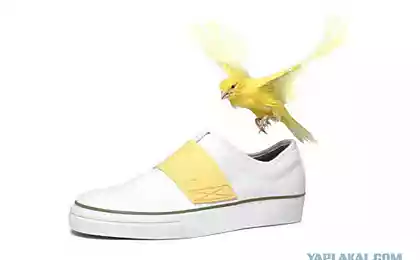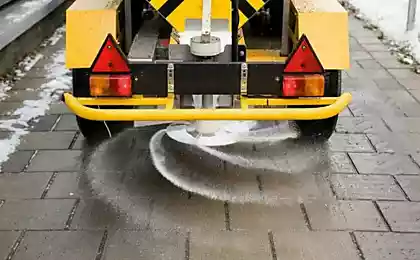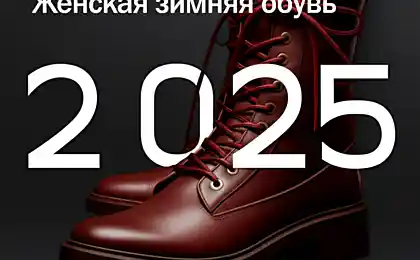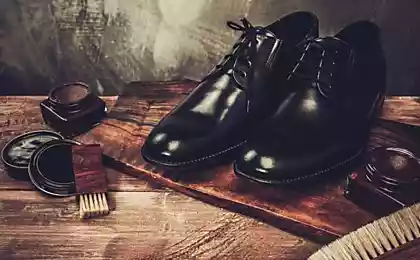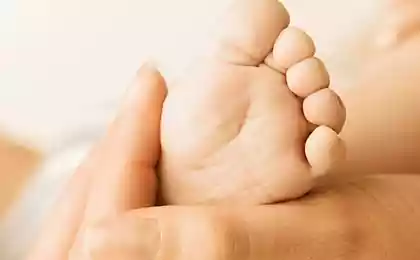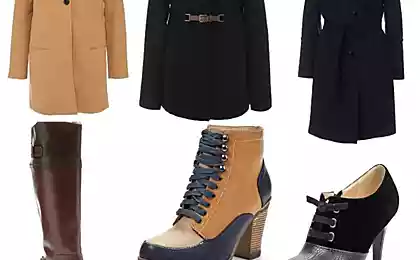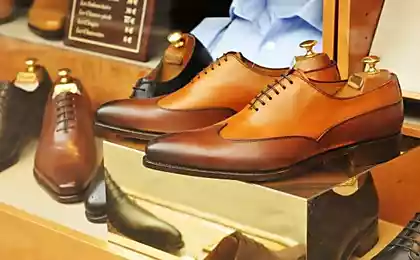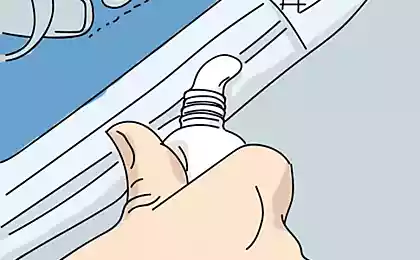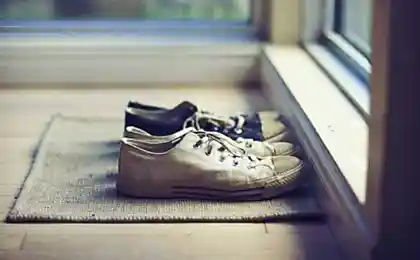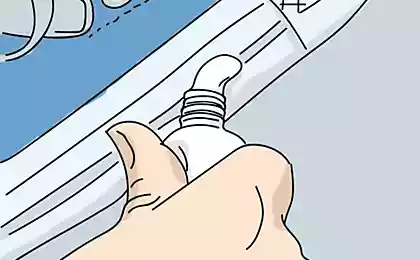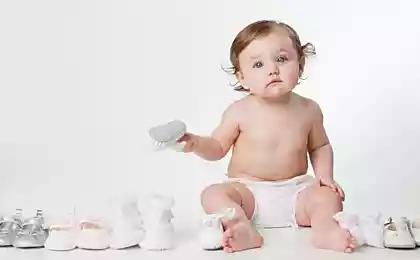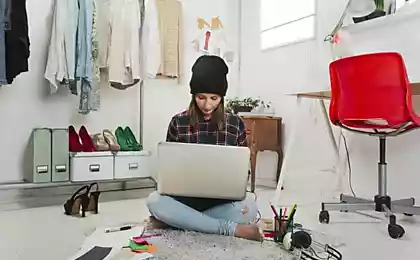179
Types and requirements for children's shoes
Every mother knows how important it is that all things purchased by the child, fit him in size. Before you buy children's shoes, you need to make sure that it meets certain requirements and decide on the appropriate look. Manufacturers offer a fairly large range, which allows you to choose the best option for specific conditions of use.
141927
Principal
Before you give preference to a particular product, you need to decide on seasonality. The whole range is divided by season. Highlight:
winter, having a warm inner layer, which does not allow the legs of the baby to freeze at a sufficiently low temperature;
• demiseason, having sufficient moisture resistance and at the same time keeping the legs warm;
• summer, which is comfortable in fairly hot weather.

Seasonality is not the only criterion by which children's shoes are divided. There is also a division by possible use area. Highlight:
House slippers, made mainly of textiles and focused on wearing exclusively indoors;
shoes and shoes for school, having a classic performance and comfortable performance;
• sports shoes focused on active sports: sneakers, sneakers, moccasins;
models for going to the beach, for the manufacture of which light, quickly drying material is used: pantolets, slates;
• Rubber boots with a high level of moisture resistance.
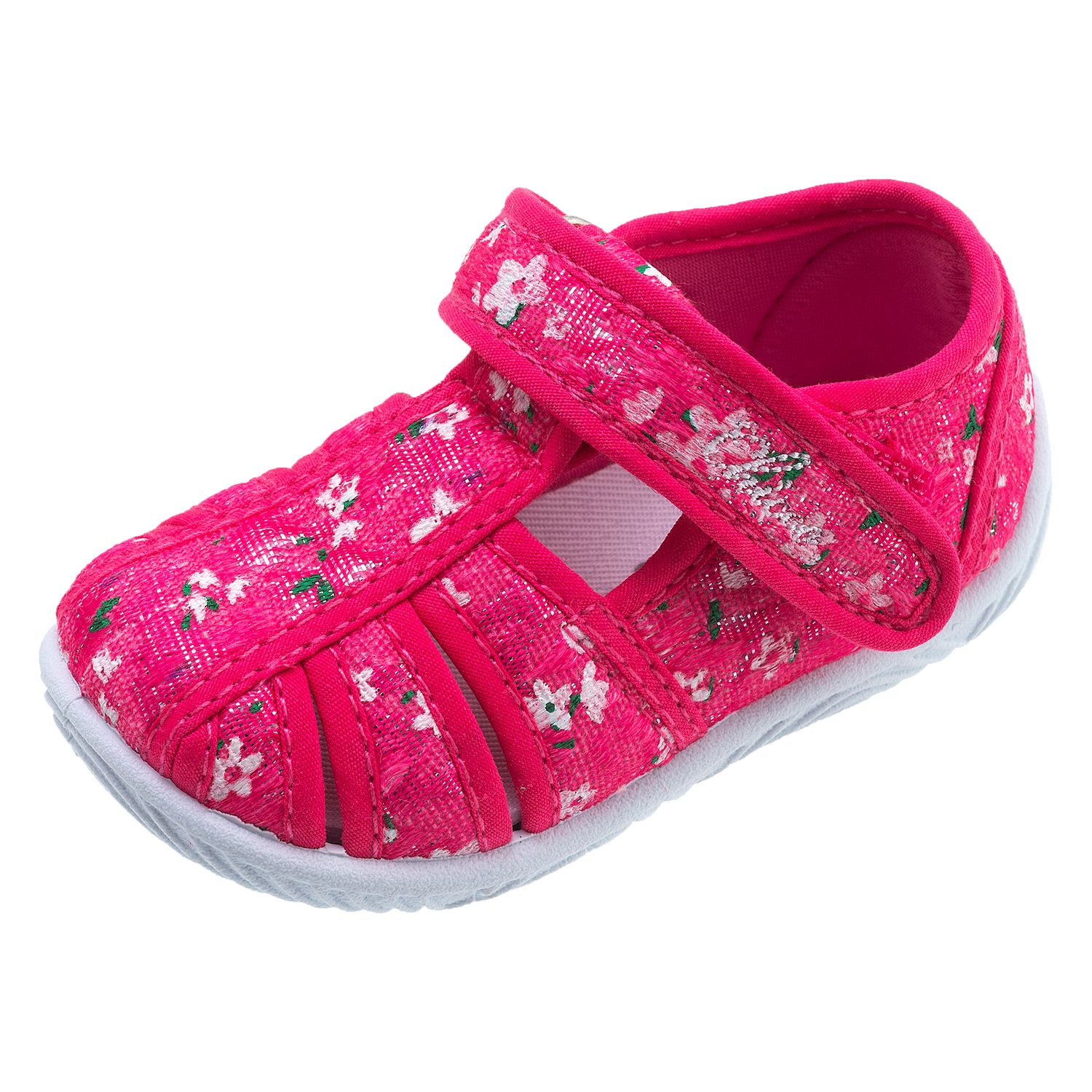
Each area of use has certain requirements for shoes. Before purchasing a specific product, it is worth deciding on the feasibility of such a purchase. If you need a pair only for home, you should pay attention to textile slippers. Choosing a model for walking in rainy weather, you should immediately pay attention to rubber boots. When choosing a size, you should choose a model that is no more than 1 cm higher than the true size.
Basic requirements
The quality of shoes is traditionally subject to increased requirements, before you give preference to a particular model, you should make sure that it meets the established requirements. It shall have:
1. Flexible sole to bend while walking, repeating the contour of the leg. Otherwise, some difficulties may arise with the development of the foot.
2. Possible width adjustments. Depending on the model, this is done using special fasteners or Velcros. This is especially true if the baby has a narrow or vice versa wide leg. With the help of Velcro or fasteners it will be possible to securely fix the shoes in the correct position.
3. An insole without a supporter or with minimal bulge.
4. Hard and tall ass. It should support the leg, but not fix it as a corset. The pillar must work freely.
5. Wide nasal part for free placement of fingers.
6. Heel or height difference between the nose and heel about 0.5 - 1.5 cm.
When choosing a model that fully meets the listed requirements, it will be possible to correctly form the foot.
141927
Principal
Before you give preference to a particular product, you need to decide on seasonality. The whole range is divided by season. Highlight:
winter, having a warm inner layer, which does not allow the legs of the baby to freeze at a sufficiently low temperature;
• demiseason, having sufficient moisture resistance and at the same time keeping the legs warm;
• summer, which is comfortable in fairly hot weather.
Seasonality is not the only criterion by which children's shoes are divided. There is also a division by possible use area. Highlight:
House slippers, made mainly of textiles and focused on wearing exclusively indoors;
shoes and shoes for school, having a classic performance and comfortable performance;
• sports shoes focused on active sports: sneakers, sneakers, moccasins;
models for going to the beach, for the manufacture of which light, quickly drying material is used: pantolets, slates;
• Rubber boots with a high level of moisture resistance.
Each area of use has certain requirements for shoes. Before purchasing a specific product, it is worth deciding on the feasibility of such a purchase. If you need a pair only for home, you should pay attention to textile slippers. Choosing a model for walking in rainy weather, you should immediately pay attention to rubber boots. When choosing a size, you should choose a model that is no more than 1 cm higher than the true size.
Basic requirements
The quality of shoes is traditionally subject to increased requirements, before you give preference to a particular model, you should make sure that it meets the established requirements. It shall have:
1. Flexible sole to bend while walking, repeating the contour of the leg. Otherwise, some difficulties may arise with the development of the foot.
2. Possible width adjustments. Depending on the model, this is done using special fasteners or Velcros. This is especially true if the baby has a narrow or vice versa wide leg. With the help of Velcro or fasteners it will be possible to securely fix the shoes in the correct position.
3. An insole without a supporter or with minimal bulge.
4. Hard and tall ass. It should support the leg, but not fix it as a corset. The pillar must work freely.
5. Wide nasal part for free placement of fingers.
6. Heel or height difference between the nose and heel about 0.5 - 1.5 cm.
When choosing a model that fully meets the listed requirements, it will be possible to correctly form the foot.
Grandma’s neighbor shared a recipe for mulberry jam, which tastes sweeter than honey
Official mirror of BC Parimatch: entrance, registration and functionality

